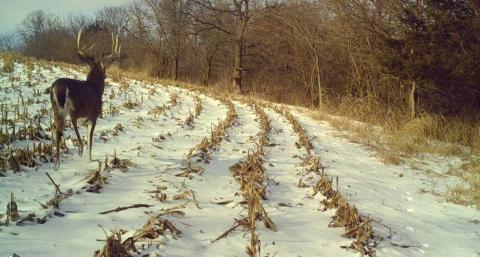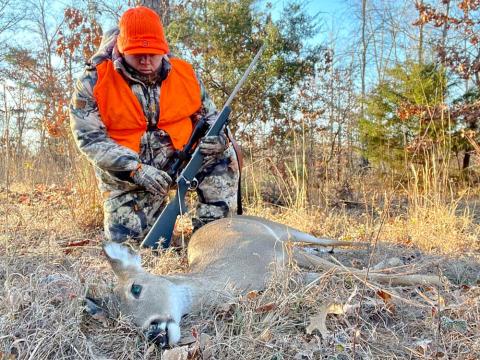Heath Wood
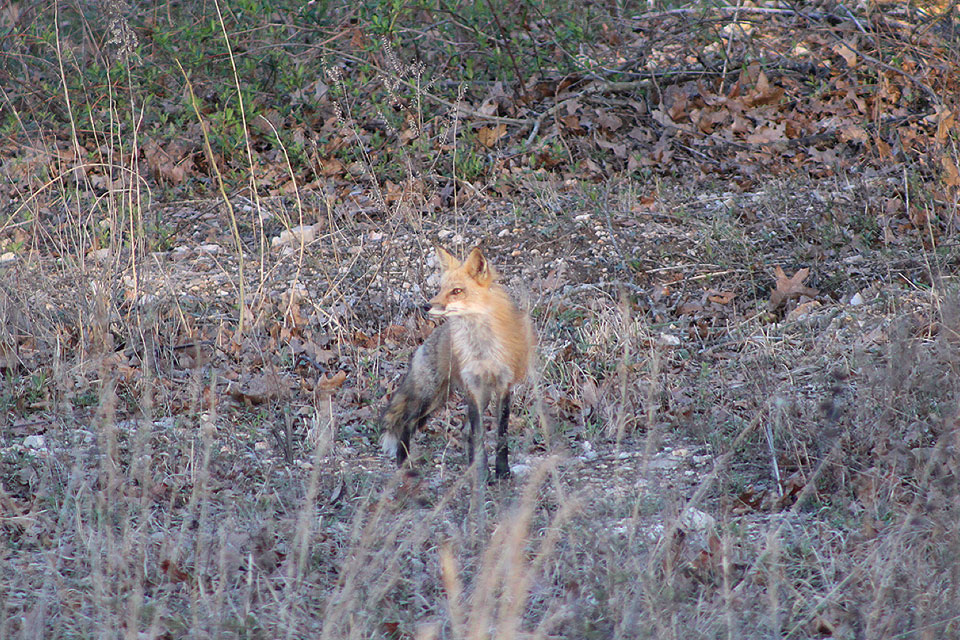
When I was only 15 years old, I headed to the woods with a .22 rifle and a couple of predator hand calls. One of those calls was a squirrel call, that when turned upside down, made a high pitched distress sound. It was a perfect sound for making a rodent distress. After sitting down in the timber near an old logging road that allowed for a good view, I began blowing the squirrel call, thus making the high pitched rodent sound. After a few minutes, I could see a grey fox making its way down the logging road, coming to the call. I was able to make a successful shot on my first grey fox. Rather than jumping for joy, I stayed down, soaking up the moment of what had happened. That is when I heard a noise coming from the opposite direction of where I had fired my shot. Low and behold, it was another fox making its way down the same logging road. I was able to harvest the second fox at a mere 20 yards, two foxes within 20 minutes of calling for a 15 year old. The experience blew my mind and had me hooked.
That hunt took place a little over 20 years ago. I have been able to call in a fox occasionally while calling coyotes. Yet, I have never targeted foxes specifically. Even though it is an exciting and fun animal to call, I am like a lot of other hunters, thirsty to learn more when it comes to targeting the fox when calling. My quest for knowledge led me to call expert and Hunters Specialties pro Tad Brown to pick up a few tips that have made him successful while calling this unique predator.
Brown lives in Preston, Missouri, and has been predator hunting for over 40 years. He started calling when he was 14 years old and hasn’t stopped enjoying the sport since that young age. Along with experience Tad has compiled a wealth of knowledge along the way.
Where To Find A Fox
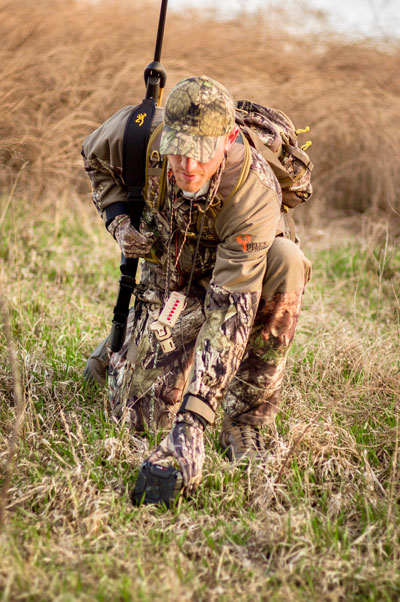
One of the best tips I have ever received while predator hunting is a simple, yet spot on fact; only call predators where there are predators. A hunter is wasting their time when calling on a bunch of different properties only to realize at the end of the day, that there are no predators in the area. I heard that tip while in a deep discussion on calling coyotes. However, the same goes for foxes. When trying to find good locations to specifically call foxes, one will want to steer clear of coyotes.
“Find locations where coyote numbers are down. Foxes seem to be better in numbers where the coyote population is less,” said Brown. Areas that are brushy in conjunction with a CRP field or warm season grasses are also great places that seem to hold a lot of grey foxes. Another place to find grey fox and/or red fox are near a town or more populated area. Brown said, “One of my best trapping sets for foxes when I was younger was near a local cemetery.” If one can find these areas that are still legal to hunt, they will be surprised at the fox population that is often overlooked. As with predator hunting in general, if one will spend time scouting, looking for droppings, tracks or physically seeing them before trying to call, the chances of success will increase. Brown has also used his love for trapping as a tool to calling foxes as well. “If I start catching multiple foxes in one area, that shows me that there is a good population, so I’ll pull my traps and start calling instead.”
Types of Calls for Fox Calling
Unlike coyotes who have a wider vocabulary of sounds, a fox is a fairly quiet animal that doesn’t require a massive sound library. Brown insists to think small when choosing what sounds to use when calling a fox.
“A fox is a fairly small predator. Most of the time they’re not going to be eating a cottontail or a jack rabbit, they’re just too big of prey for them,” Brown said. :Instead, a fox is going to feed more on the smaller prey such mice, rodents and birds, which are the sounds I prefer using.”
He also added that he basically uses a hand full of sounds that have always worked and doesn’t really change them up much, thus using the same sounds all year. Some predator callers have the opinion of animals becoming “call shy” to popular sounds, making them have to dig deep and come up with more unique sounds to call them up. However, Brown seems to disagree with this completely referring to the same theory from turkey hunters.
“If a turkey becomes so called ‘call shy’ and won’t ever come to a hen sound, he would never be able to breed,” continued Brown. “The same goes for a predator. If they become call shy to every kind of distress sound, then they wouldn’t eat very often. A predator has to eat.”
Instead, one needs to make better quality stands and keep trying. As for what kind of calls Brown uses, he says that he cut his teeth on hand calls and still likes them. When targeting foxes, he will use a hand call at a lower volume and not as long.
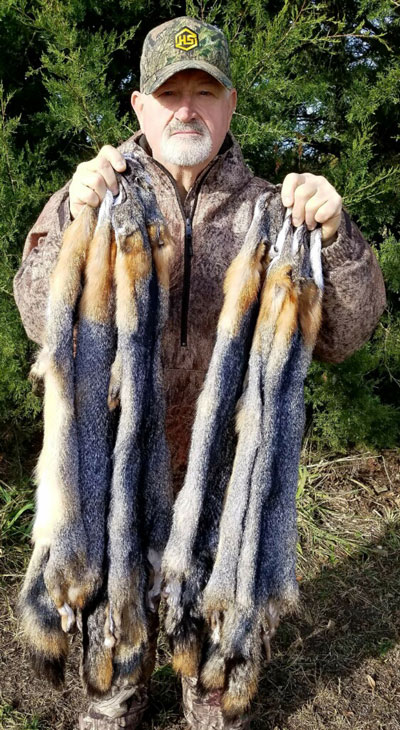
“Especially when hunting close to town or more populated areas, I keep it low so that I don’t attract a lot of attention from other animals or even people,” explained Brown. “I have actually had people come to the edge of a fence or property looking out to see what is going on.”
He added that he has called up dogs and house cats as well when trying to call in a fox, which is why it is important to keep it low with a short series of calls. Even though Brown likes hand calls, he does continue to use a smaller electronic call as well.
“I will use an electronic call such as Johnny Stewart Calls Grim Speaker 2 that has a remote so that I can control the volume and keep the sound away from me,” he said. Even with the electronic call Brown uses it at a lower volume and not too long of a series.
The other reason for calling sparingly is due to a fox’s ability to pinpoint one’s location. When using a hand call, one will not want to call too long and get caught moving by an approaching fox. After calling at a low volume and in short series, let Mother Nature do the rest.
Firearm and Ammo for Fox Hunting
A fox is a fairly small predator that doesn’t require much knockdown power. This combined with harvesting them to collect the fur, makes it popular for hunters to use mostly shotguns or smaller caliber rifles such as a .223 or a .22 mag. Brown prefers finding a turkey load that will pattern good out of a shotgun up to 50 yards. By using a shotgun, one can get a fast shot off when a fox comes bouncing in, followed by two quick follow-up shots if needed. Also, the turkey loads create minimal pelt damage. Many predator hunters will carry both a rifle and shotgun when calling. For example, I will always have my rifle with a set of Swagger Bipods sitting on my left side, then my shotgun will be crossways in my lap. This allows for a quick shotgun kill if one approaches close. If I am unable to get them into shotgun range, I will pull my rifle in and try to make the harvest with it instead.
Fox calling during the fall and winter months of the year is a fun and exciting way to help control a little more of the predator population. A fox is notorious for coming to a call aggressively, which makes for a heart pounding adrenaline rush that is desired by many hunters. If one will take time to scout and find a population of grey or red fox and use calls quiet and sparingly, they too will see why many hunters are hooked to the sport.


















